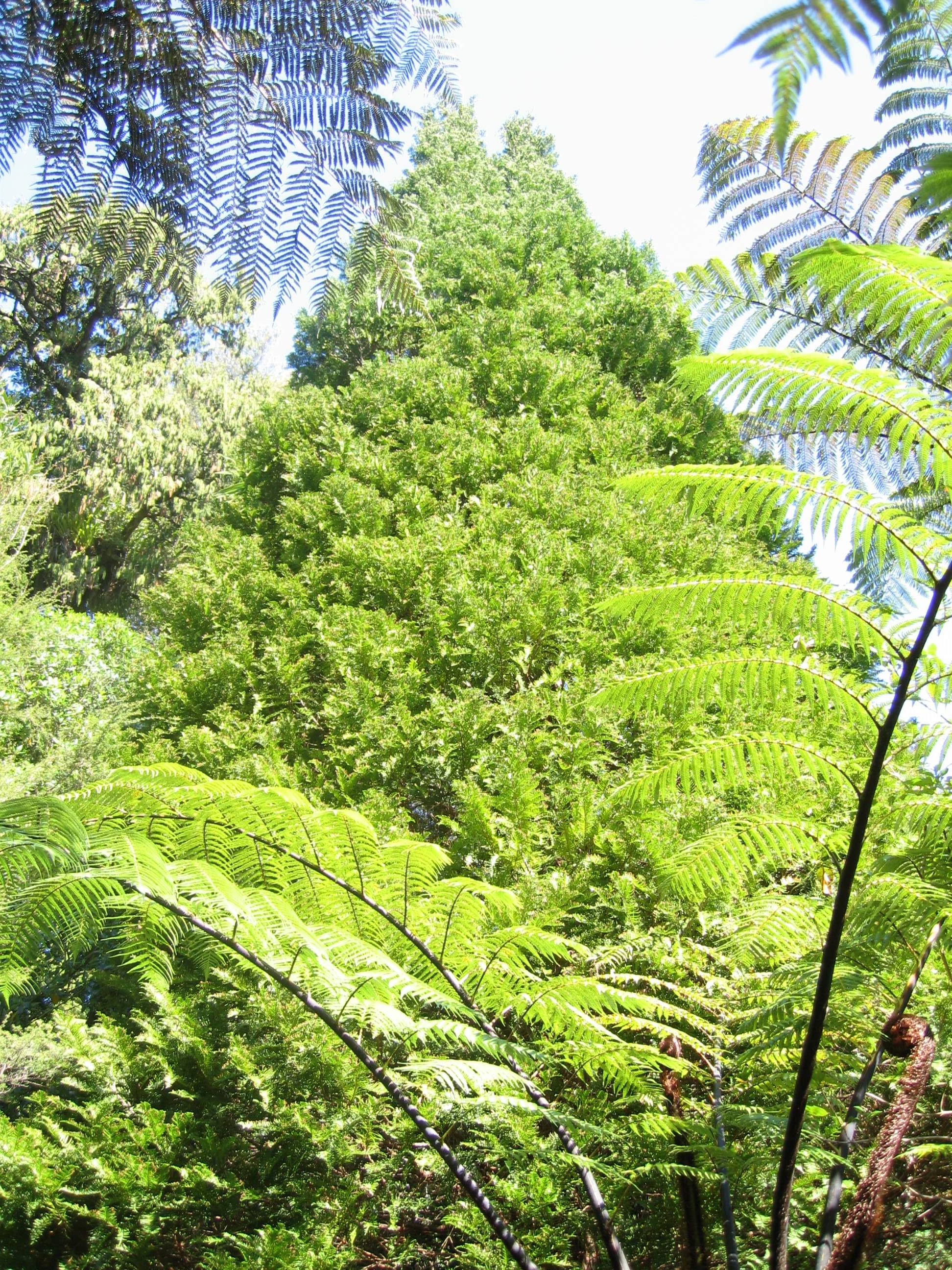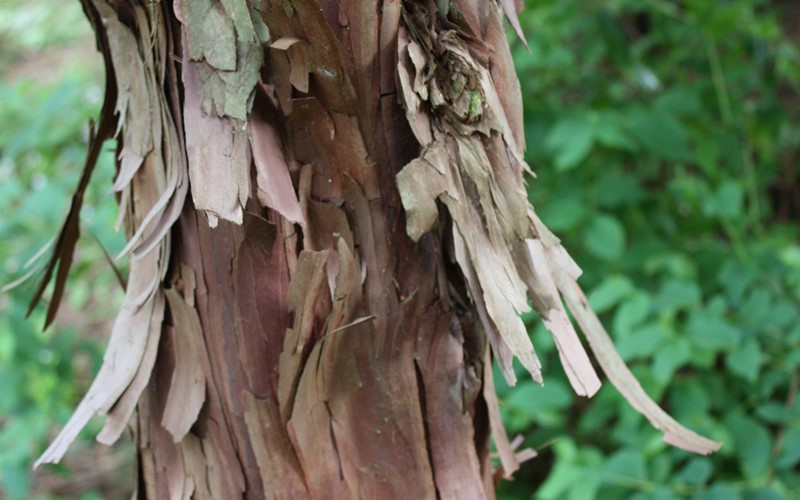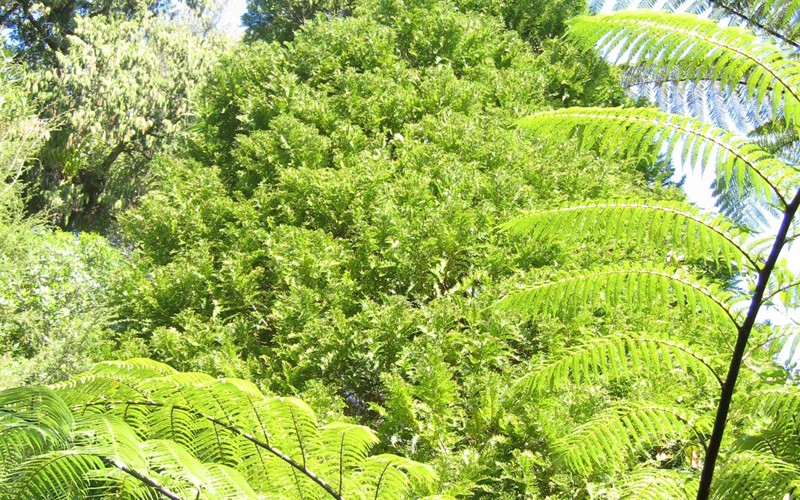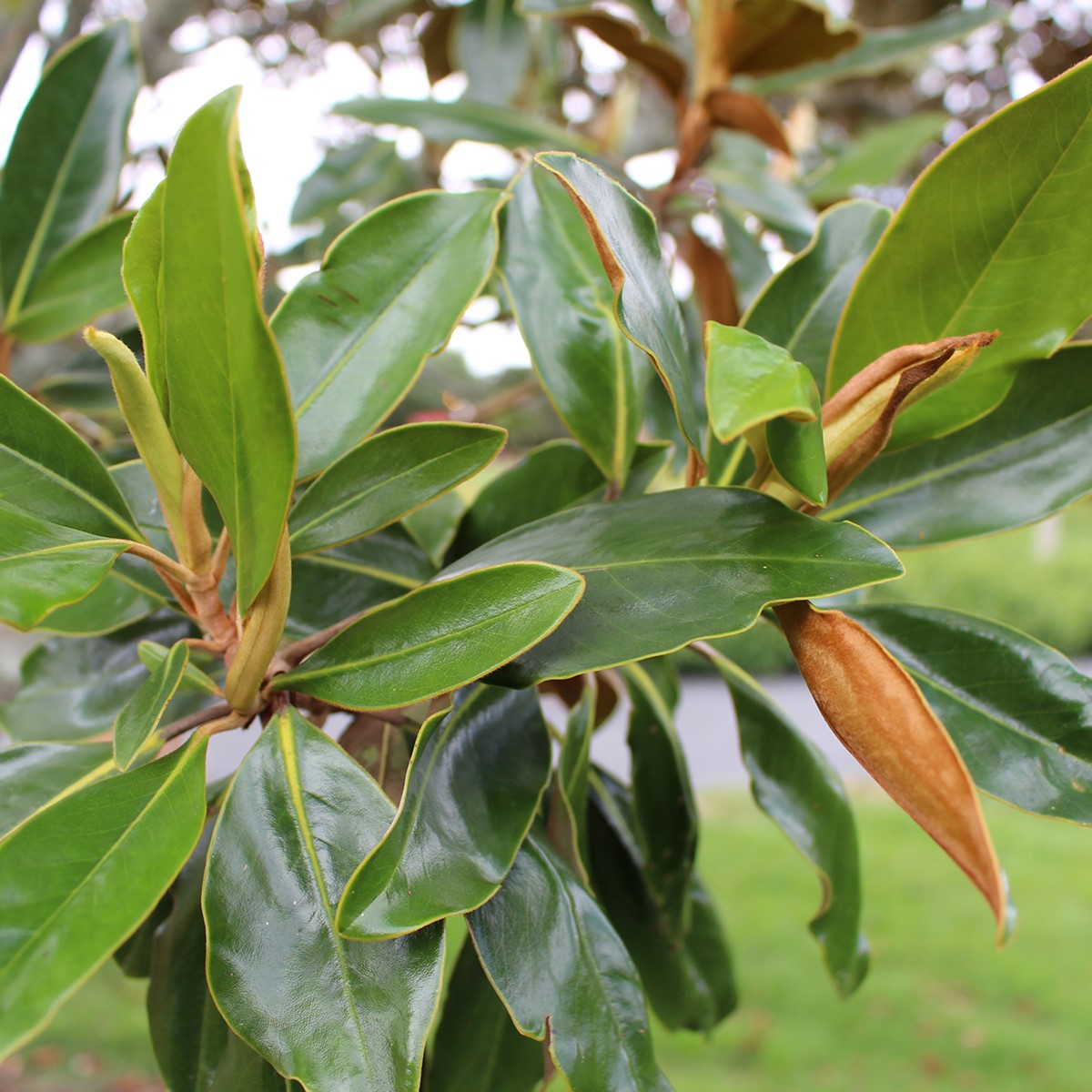Physical characteristics
An
Flowers and foliage
Rich
No flowers produced but cones form from June to July at the end of the branches. The male and female cones occur at the tips of twigs on the same tree. When ripe the tiny
The bark is
Preferred site
Prefers free-draining, moderately fertile, moist soil, though once established it can tolerate considerable drought.
Preparation for planting
Always choose healthy well-grown
T
Maintenance tips
Mulch
Little pruning is requi
Pests and diseases
Pest and disease-free.
Location at Auckland Botanic Gardens
Native Identification Trail
Interesting facts and tips
It grows from sea level up to 600m in temperate rainforests. In the past, it was selectively milled to near extinction for its






.jpg?anchor=center&mode=crop&width=1200&height=1200&rnd=131732822304530000)

.jpg?anchor=center&mode=crop&width=1200&height=1200&rnd=132106949760530000)
 .jpg?anchor=center&mode=crop&width=1200&height=1200&rnd=131732822977030000)